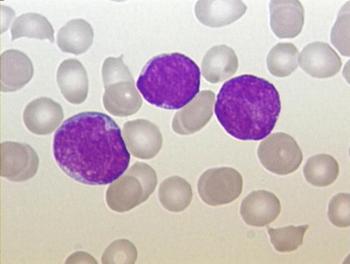
Meta-Analysis: GnRH Analog Preserves Ovarian Function in Early Breast Cancer
This video reviews a meta-analysis that looked at five studies testing the use of a gonadotropin-releasing hormone (GnRH) analog to protect ovarian function and preserve fertility in premenopausal women undergoing chemotherapy for early-stage breast cancer.
In this video, Halle C. F. Moore, MD, of the Cleveland Clinic in Ohio, discusses a meta-analysis that looked at five studies testing the use of a gonadotropin-releasing hormone (GnRH) analog to protect ovarian function and preserve fertility in premenopausal women undergoing chemotherapy for early-stage breast cancer.
Moore was one of the authors of the study (
Newsletter
Stay up to date on recent advances in the multidisciplinary approach to cancer.

















































































